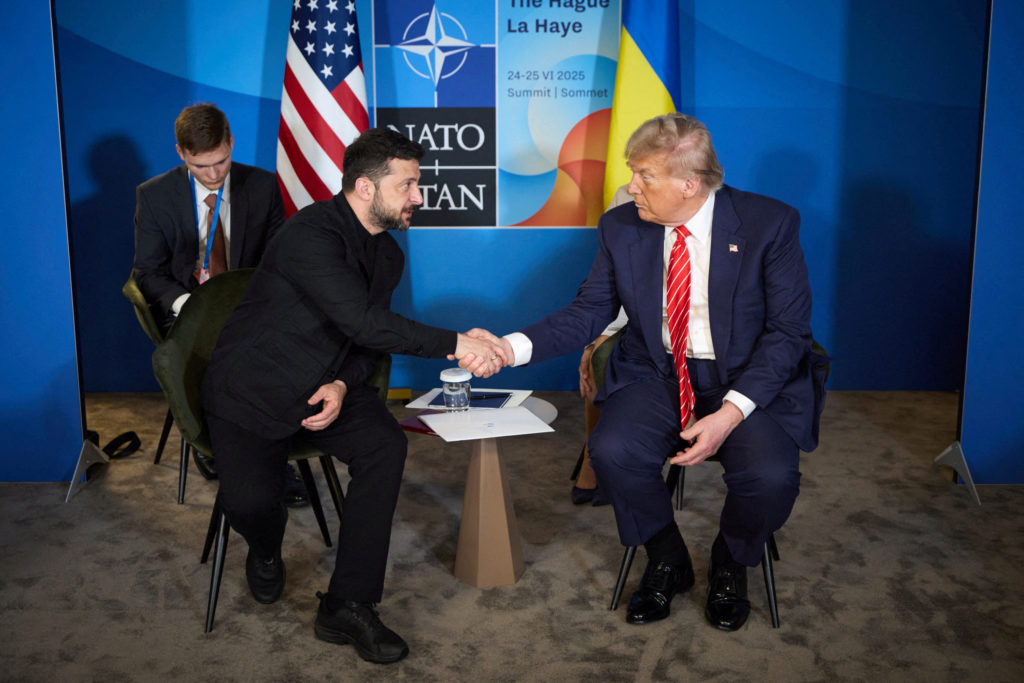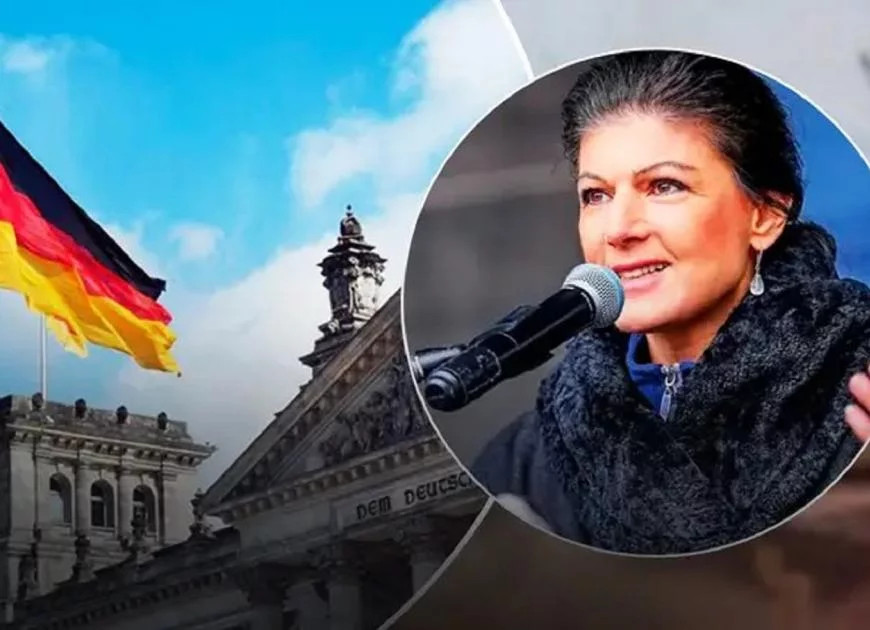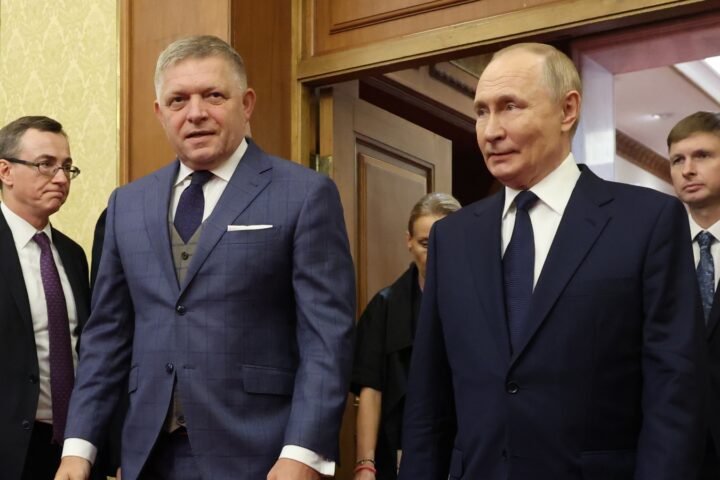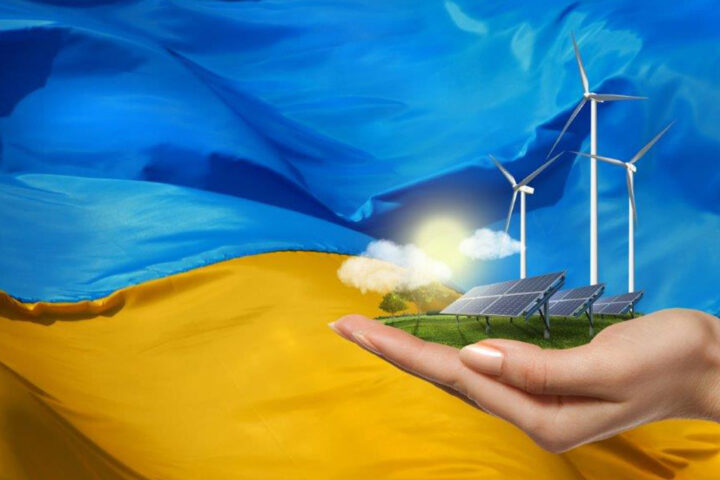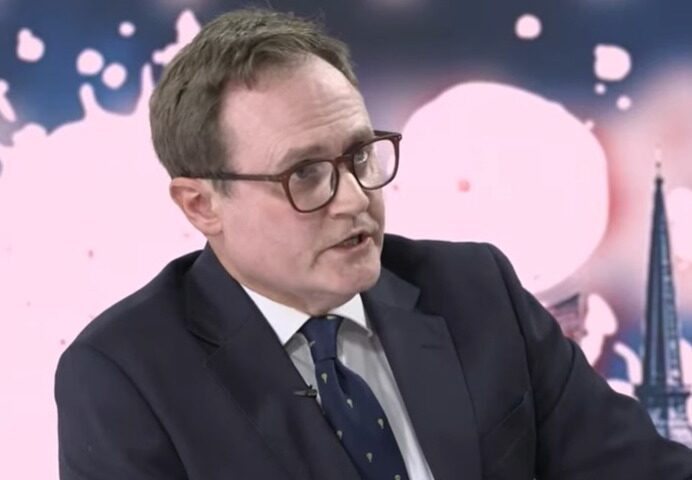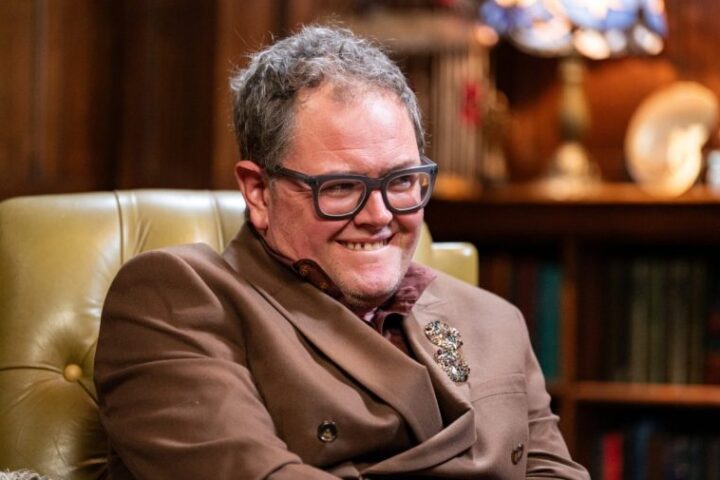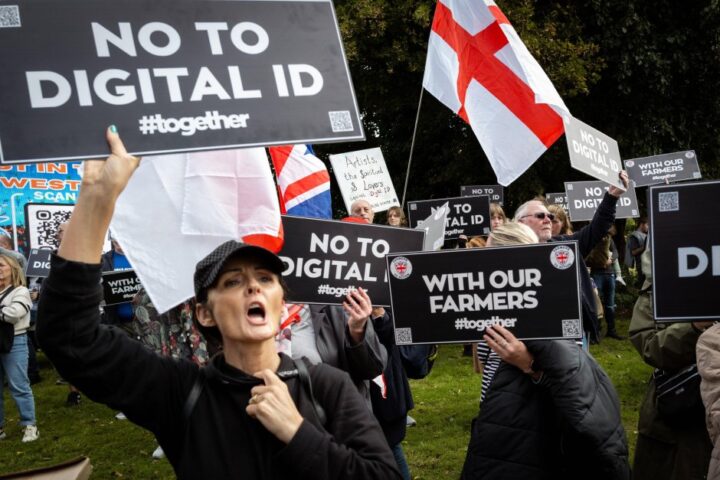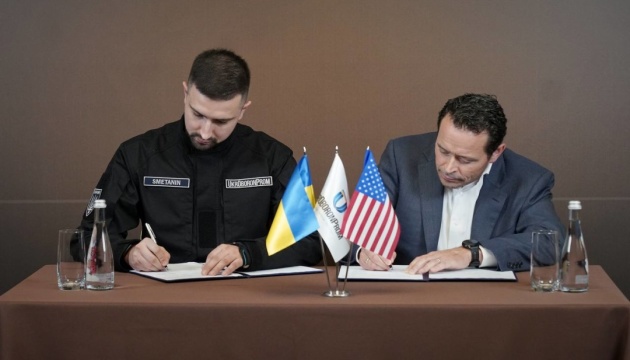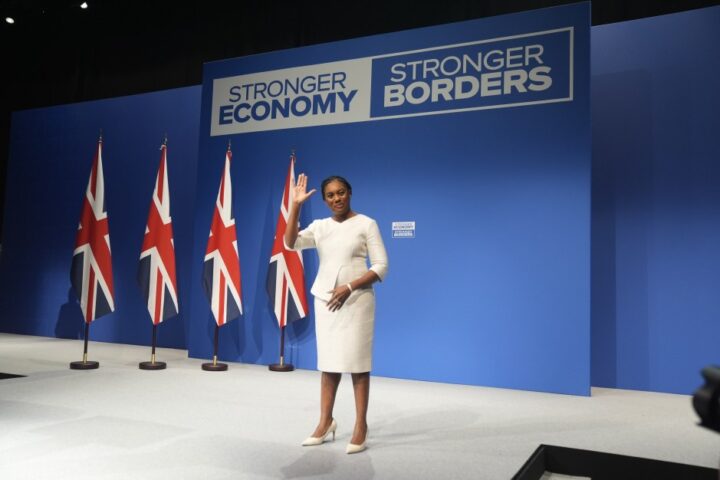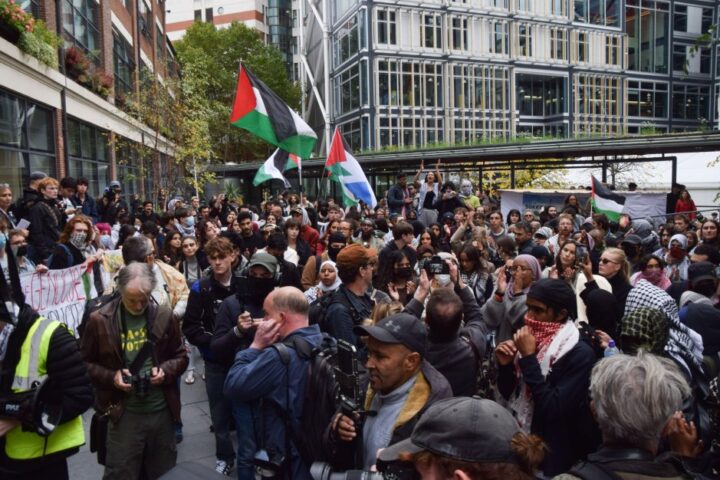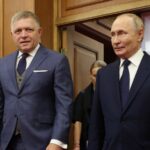Brussels, 25 June 2025 – In a surprise move during the NATO summit, US President Donald Trump met face-to-face with Ukrainian President Volodymyr Zelensky, marking a notable shift in his rhetoric on the war in Ukraine. Though the two leaders did not hold a joint press conference, Trump described Zelensky as “a very nice guy” and acknowledged the “difficult job” he faces leading a nation at war.
The meeting and Trump’s subsequent remarks indicate a strategic recalibration of his stance on Ukraine. Breaking from past scepticism, he voiced openness to providing military support, including the potential supply of Patriot missiles, and reiterated his intent to negotiate directly with Vladimir Putin “to end the war”.
From criticism to engagement
Trump’s softened tone contrasts sharply with his earlier dismissals of Ukraine aid and NATO obligations. Speaking after the summit, he suggested the time was “right” for negotiations, sparking concern among experts who warn that Trump may frame the war as a transactional issue, overlooking Russia’s long-term ambitions in the region.
Nonetheless, the personal meeting with Zelensky – the first since Trump returned to the White House – signals that direct diplomacy is playing a role in shaping his new posture. Trump’s public recognition of Ukraine’s needs, even if cautious, marks a notable development in the evolving US position within NATO.
NATO: support for Ukraine as strategic defence
The NATO communiqué issued at the summit represented a historic turning point in the Alliance’s stance on Ukraine. For the first time, financial and military support for Kyiv was recognised not as “charity” but as a component of collective defence – effectively reframing Ukraine’s cause as integral to the West’s own security architecture.
The declaration also labelled Russia a “long-term threat” – language supported even by typically reluctant members such as Hungary, Slovakia and Trump himself. This shift illustrates a growing consensus that Russian aggression must be contained strategically and not just managed politically.
Ukraine was named the only partner state to receive direct backing from NATO in wartime, a symbolic and operational endorsement of its future role within Europe’s security system. This recalibration is a key indicator of the Alliance’s intent to treat support for Ukraine as a strategic investment rather than temporary assistance.
Trump pressures allies on defence spending
Trump’s speech also targeted NATO allies over defence spending, renewing calls for each member state to allocate 5% of GDP to security. The sharp critique prompted an accelerated EU commitment to boost defence budgets to €500 billion by 2035 – a level of ambition unseen before and widely attributed to Trump’s pressure tactics.
This marks a deeper shift in the European strategic mindset, as countries move from reliance on US-led deterrence towards building their own robust military posture, partly in anticipation of future uncertainties in Washington’s commitment.
Diplomacy, deterrence and the road ahead
While negotiations remain on the table, they are now framed within a clearer context: diplomatic efforts should follow a position of military parity. The US position has shifted toward ensuring Ukraine’s leverage before any talks can yield sustainable results. Zelensky has repeatedly underscored the importance of continued military support to achieve this balance.
Meanwhile, NATO reaffirmed Article 5 commitments, with the Alliance warning that any attack on an ally – particularly on the eastern flank – will trigger a collective response. The declaration served as a direct warning to Moscow, signalling that neither hybrid warfare nor direct assault would go unanswered.
As for Russia’s battlefield objectives, the Kremlin has yet to secure control of eastern Ukraine’s pre-2022 borders, despite continued offensives. The Russian military faces growing logistical and manpower constraints, while economic sanctions – particularly in energy, finance and defence sectors – are gradually eroding Moscow’s war-fighting capacity.
Though Russia still aims to capture the entire left bank of Ukraine and advance toward Sumy, NATO officials currently see no credible threat of a large-scale offensive on that axis, highlighting the growing disconnect between Russia’s stated goals and its diminished ability to realise them.
